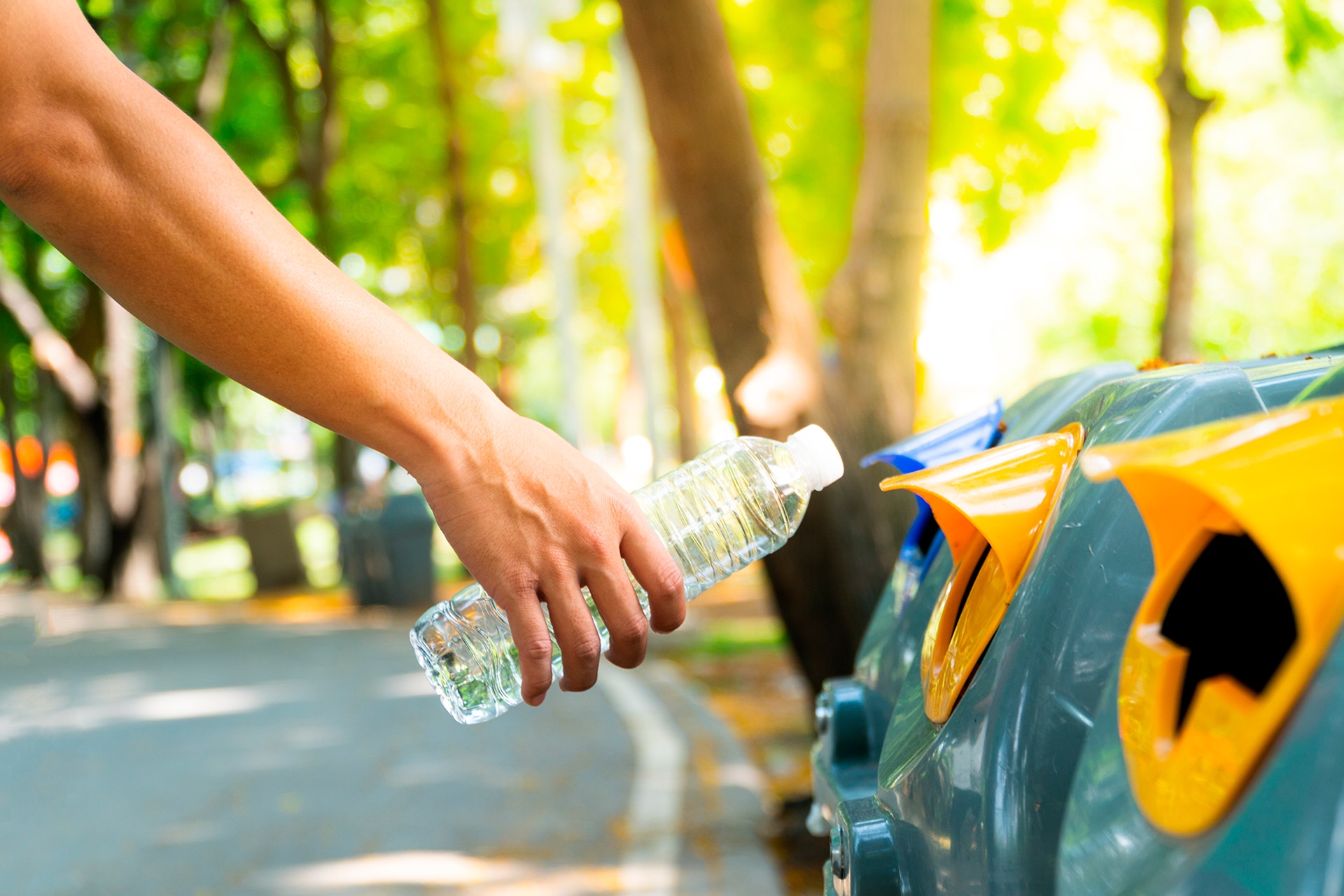How to keep electronic devices from going to waste


Electronic waste, E-waste, is a global problem. Repairing, reusing or recycling components can help ensure that electronic devices are used more responsibly. Here are a few points to take into account before discarding your electric and electronic equipment.
In two years' time, you probably won't use the same mobile phone you have today. That's because on average common problems with mobiles and other devices, such as poor battery performance or a slow operating system, begin to develop after 24 months. Computers, tablets, fridges, washing machines, and other electronic devices that we use in our everyday lives, all have a limited lifespan too. It’s probable you may need to substitute them after a while. The reasons for replacing electric, or electronic, devices are always similar –they stopped working properly, new models with more advanced technology are released, or due to changing market trends.
What happens to discarded equipment or appliances?
In 2019, 53.6 million tonnes of E-waste was generated worldwide, according to The Global E-waste Monitor report. Only 17.4% of this "E-waste" was properly recycled, the majority ended up in landfills. The inadequate disposal of such waste deprives us of the option to reuse, or upcycle, the underlying components and materials in the devices, such as copper, iron, silver, gold and other valuable elements.
Every single device that ends up in the rubbish contributes to climate change due to the squandering of natural resources. There are also hazardous substances and toxic additives that are released into the environment and that can endanger natural ecosystems and people's health. Instead of throwing away old devices, there are option to explore which can help you save money. Furthermore, they are part of a more responsible and sustainable approach.

How can we make electronic devices last longer?
For electronic devices to work properly for longer, it is essential to use them correctly. Following the manufacturer's instructions, cleaning them properly, regularly updating the software (in addition to reaping the benefits of cybersecurity protection), and using original spare parts or accessories can all help extend a product's the end of their “useful life”. With mobile phones, for example, it is recommended to avoid charging the battery while the device is in use and to keep it away from extreme temperatures. Although devices are subject to planned obsolescence, where the manufacturer plans the products' lifespan, buying higher quality products means that they will last longer, reducing the number of breakdowns, repairs or replacements.
Refurbishment is becoming increasingly more popular
When replacing an electronic device, think about if someone else could still make use of it. This device refurbishment practice is becoming increasingly popular and fits with the notion of circular economy. The refurbished and used mobile phone market is a good example of this. Many digital platforms and online shops buy used phones (or other devices), clean and repair them, do a factory reset, and then resell them for a reduced price.
This is also an interesting option when purchasing a device, as you can easily find devices that have barely been used or with an aesthetic defect for a discounted price. As well as mobile phones, these platforms also offer a wide selection of smartwatches, computers and video game consoles, to name just a few. A positive benefit from reconditioning e-waste is that it bolsters this industry by creating green jobs.
Buying and selling – a traditional alternative
People have always enjoyed the benefits of buying and selling goods without involving middlemen when it comes to items that they no longer use, such as clothes, books, CDs, cars, bicycles, and, of course, household appliances and technology. All you have to do is take a few photos, write a description and set a price to put them up on collaborative economy apps, designed to buy, sell, share and rent items. These platforms encourage responsible use from users and help curtail the exploitation of nature's resources.
Recycling devices as a last resort
Ideally, recycling your electronic devices should be one of your last resorts, once you have checked that their lifespan can't be extended and they can't be reconditioned or sold on second-hand.
There are various options for recycling them. You can take them to a special drop-off point designed for such items, where they will be properly sorted and recycled to make the most of their materials (such as metal, plastic, glass etc.). Alternatively, you can return them to the manufacturer or shop where you bought them so they can handle them. It is also becoming commonplace to find containers for disposing of such devices in shopping centres, parks and other busy areas.
The environmental, human, and economic health of the planet depends partly on how e-waste is managed. E-waste management can offer many benefits and it's also a good opportunity to consider whether you really need to buy the latest phone on the market, when your old one still works just fine.







